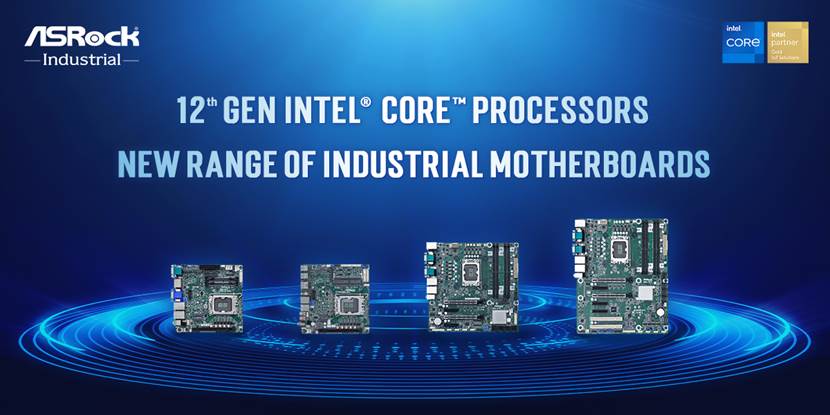Is power consumption generally listed for motherboards? Can't say I have seen it specified...
Sadly no, but you can use a simple rule of thumb for the mobo: buy the smallest board that still fits your I/O needs. For example, if an mITX board is good enough for you then you'll have a better chance of excellent idle power usage. When configuring the board don't forget to disable hardware that you may not need (such as sound codec, additional network adapters, etc)
For PSU I suppose 80 Plus Titanium or Platinum is what to look for. Is getting an as low as possible maximum effect of the PSU important for power consumption or is that more a matter of getting a lower price of the PSU?
You may want to consider a SFX power supply, even if you'll end up mounting it with an adapter on the case of your choice. The reason is these small factor PSUs tend to be offered in high efficiency & low wattage combinations, something that's no longer readily available anymore in ATX form factor. You want lower power as they tend to hit peak efficiency at lower loads.
My personal recommendation would be the Corsair SF450 (either the Gold or the Platinum model), just make sure cable length won't be a problem as SFX PSUs tend to have shorther cables (and Corsair in particular has them quite short). IIRC with this PSU I was able to hit 15-17W idle power consumption on a 6600K + Z170 ITX board + 8GB RAM in dual channel + SSD. Obviously real-world idle power consumption was higher as the final Plex server also used a number HDDs for media storage. For reference, the lowest idle power consumption I ever got was around 12W with an AM1 Kabini + 8GB + SSD and a 300W Gold rated PSU.
If you stay with ATX form factor, aim for lowest wattage & highest efficiency (Gold/Plat) you can find from vendors such as Corsair or Seasonic, and check that they have hybrid fan profiles (both vendors have models that keep fans off until ~30-50% load on the PSU). There may be other good vendors around so feel free to look around, but my limited research time was devoted to these two brands as they're readily available in my country.
Sounds like the "on-chip" ECC of DDR5 would be good enough for my needs if the price difference compared to "full ECC" is significant - thanks for mentioning it!
I would not consider the on-chip ECC of DDR5 an actual advantage towards secure data retention. This was already discussed in the media, and the consensus is the on-chip ECC is used to increase yields, in the sense that more chips pass validation once ECC is added. This is very similar to the additional error correction used in NAND to enable decent metrics while using smaller nodes (which had a negative effect on data retention, a similar effect to what modern RAM cells are experiencing when moving to denser nodes). Combine the above with the high cost of DDR5 and you may simply want to use DDR4 ECC and call it a day.
In the ned none of tis may matter anyway, as you need to see ECC enabled mainboard availablity first, and this may force you towards DDR4 or DDR5 anyway.





